Author: Randi Beckmann
School: Belle Sherman Elementary
Grade: First
Think Creatively
Work Creatively with Others
Implement Innovations
Solve Problems
Access and Evaluate Information
Analyze Media
Students will recognize their own responsibility to stand up to exclusion, prejudice, and injustice.
Students will make principled decisions about when and how to take a stand against bias and injustice in their everyday lives, and will do so despite negative peer or group pressure.


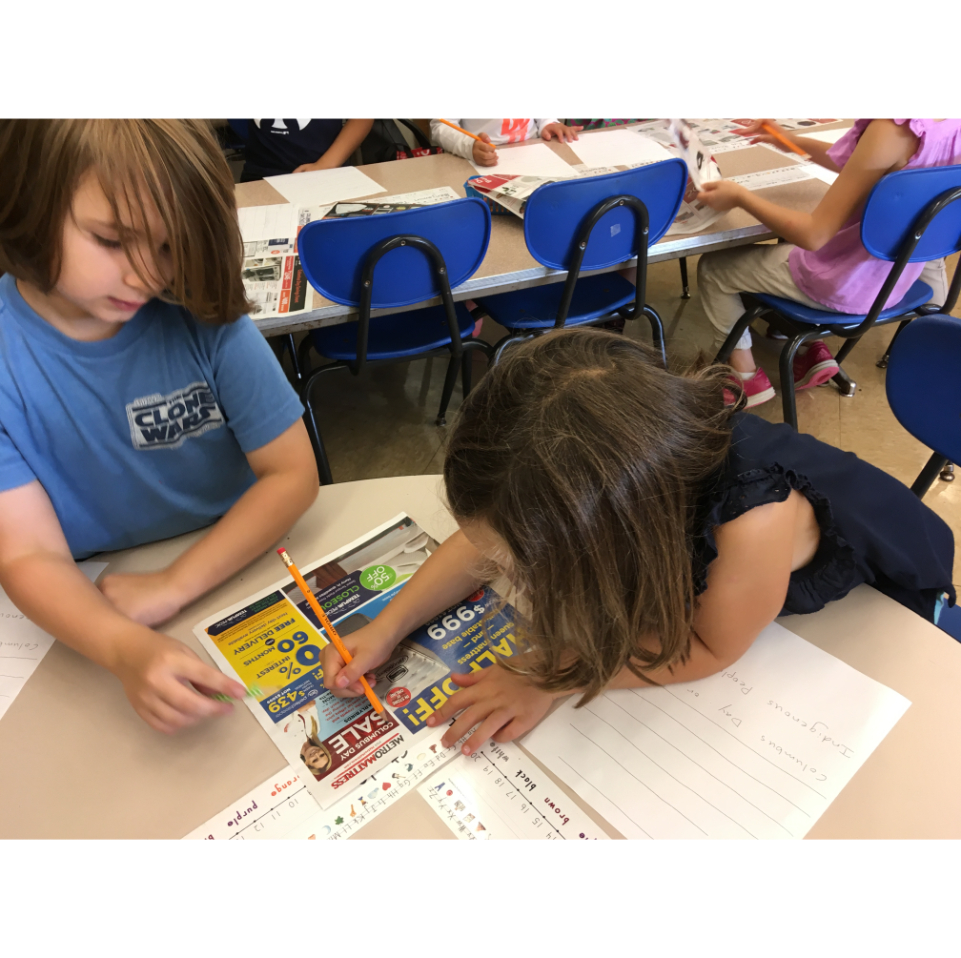
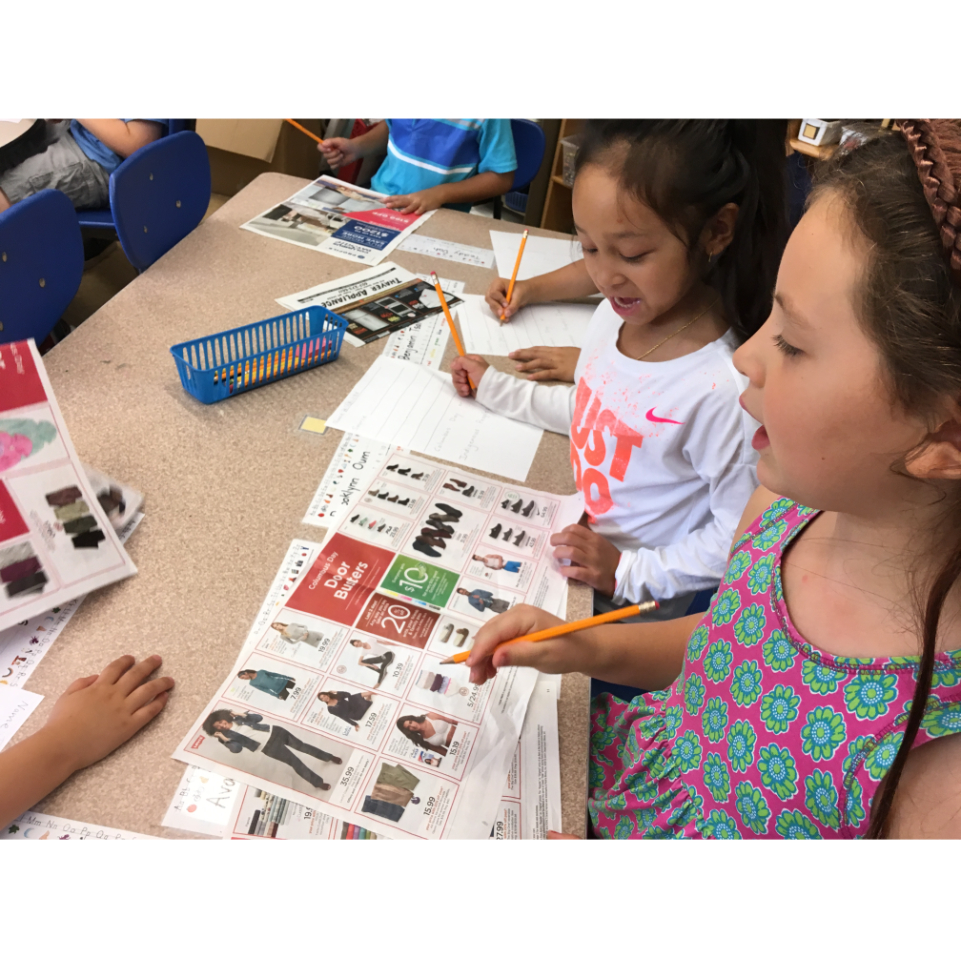
Students look at local newspapers to determine whether advertisements say Indigenous Peoples Day Sale or Columbus Day Sale.

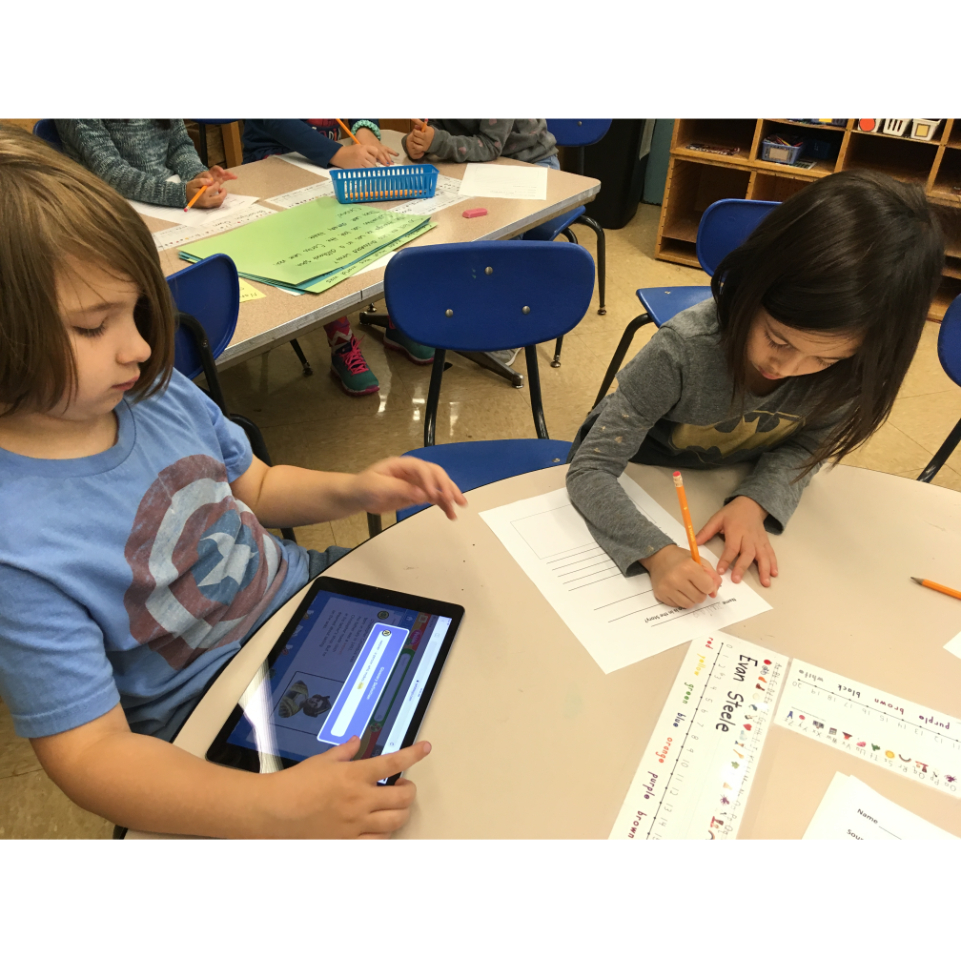
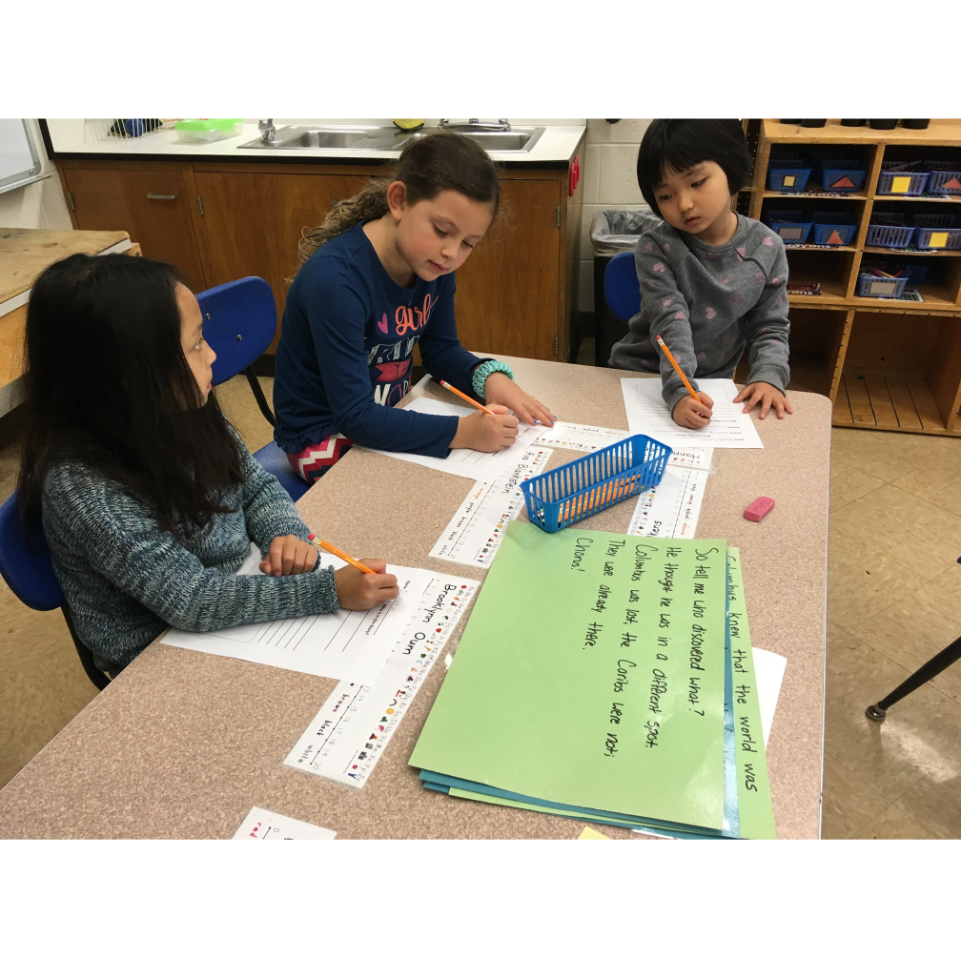
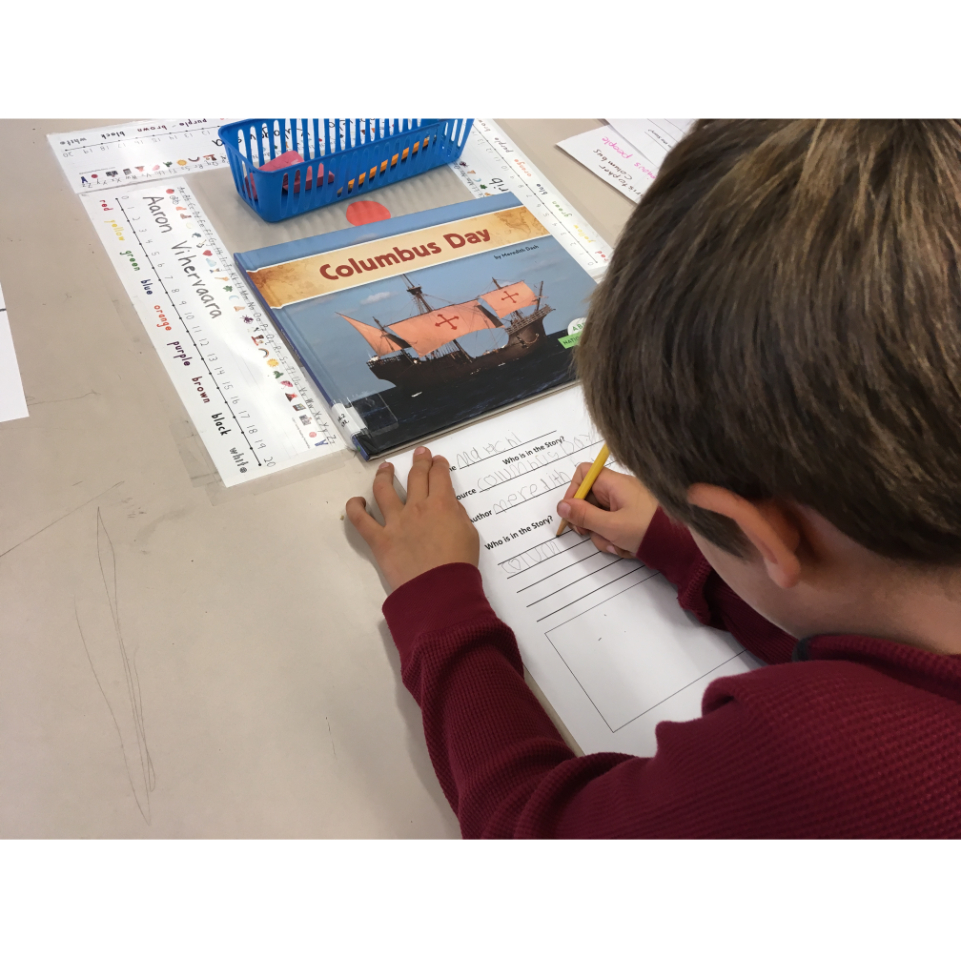
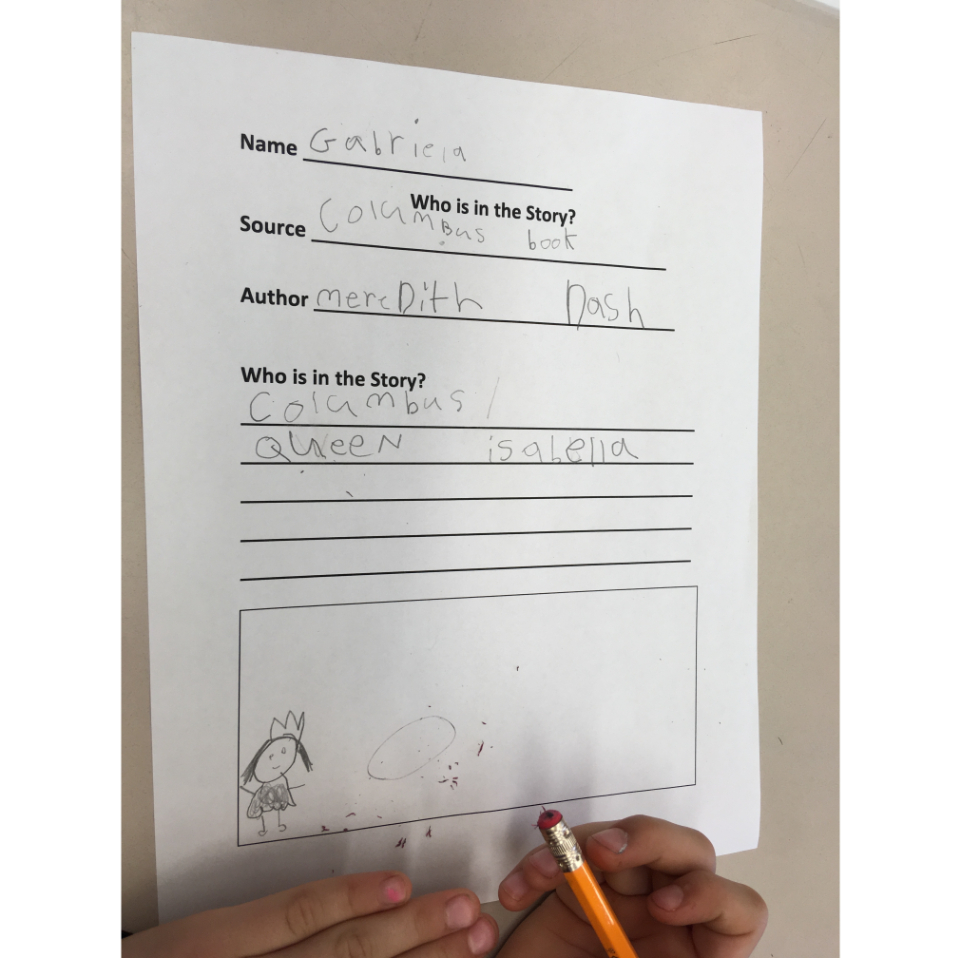
Students look at song lyrics, articles, videos, and books to collect data on "who is in the story."
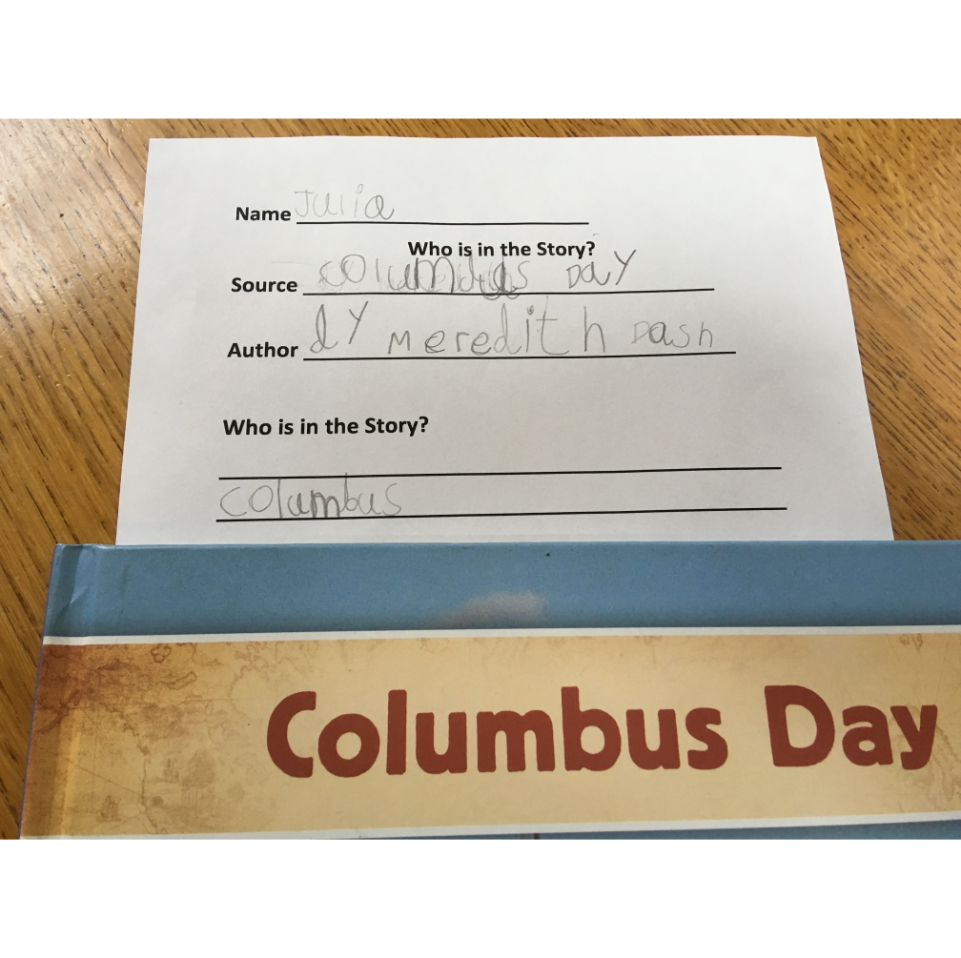
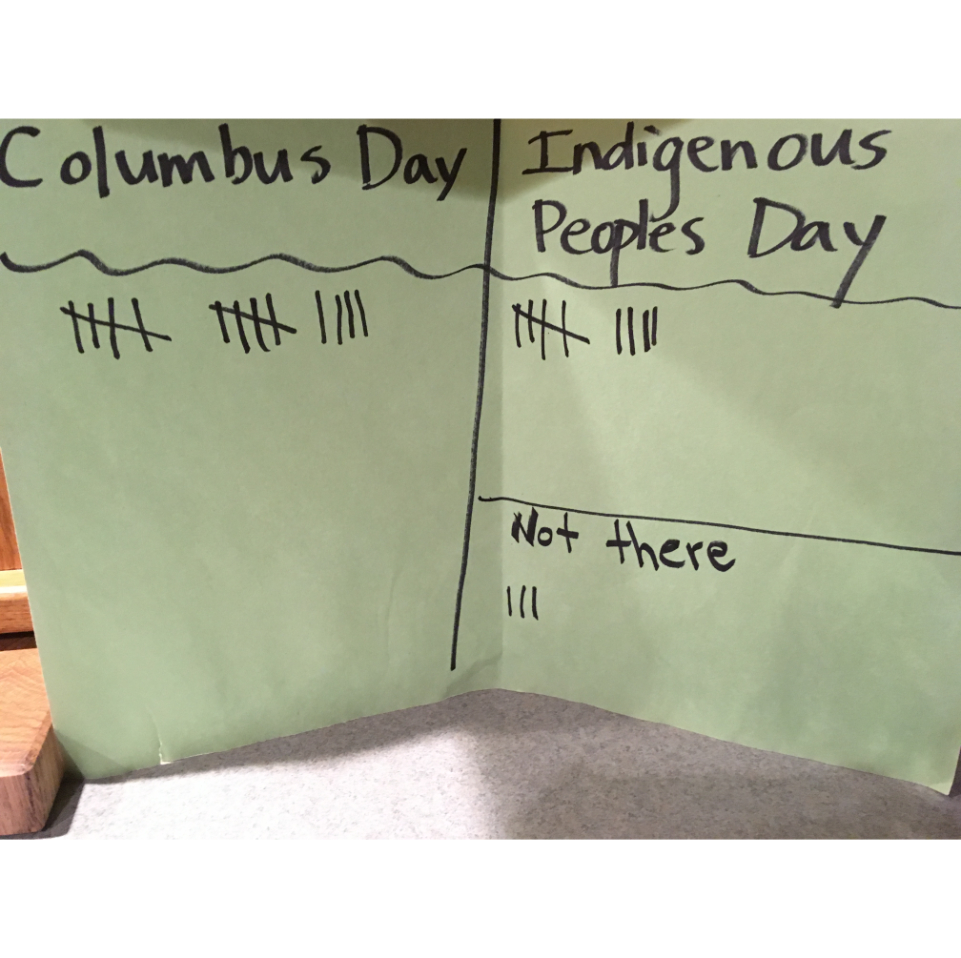

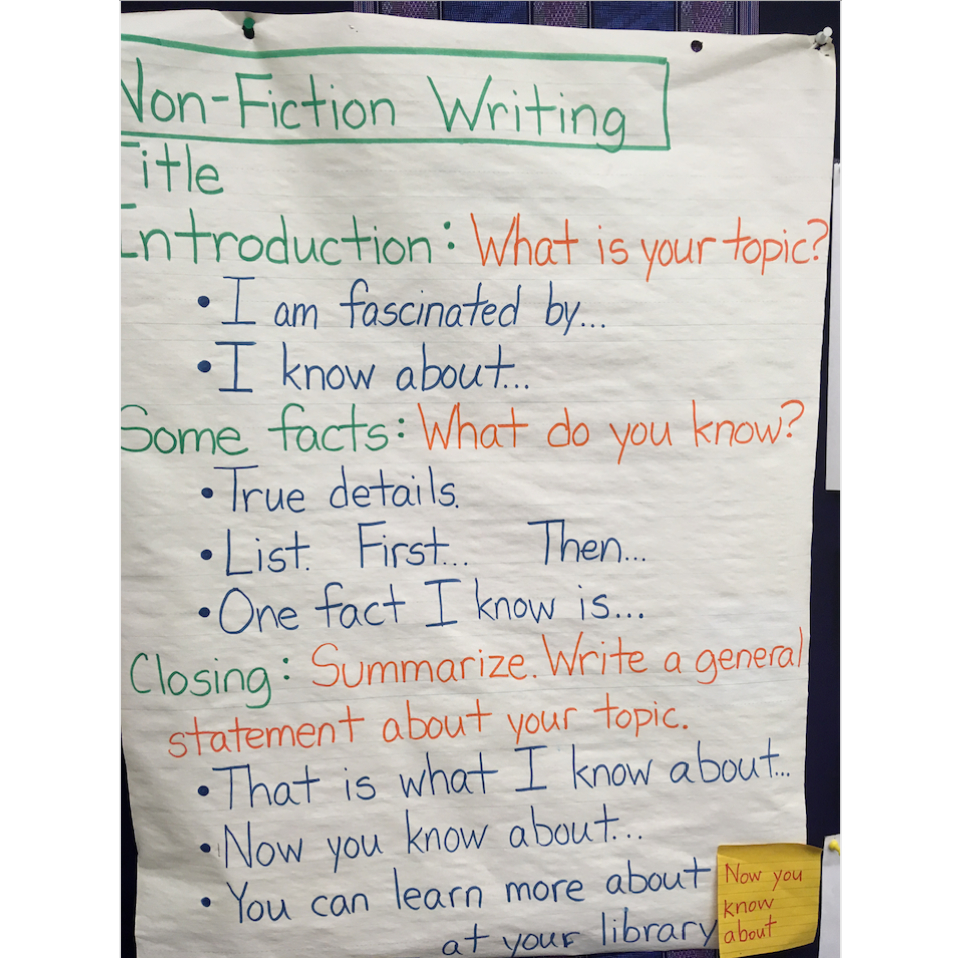
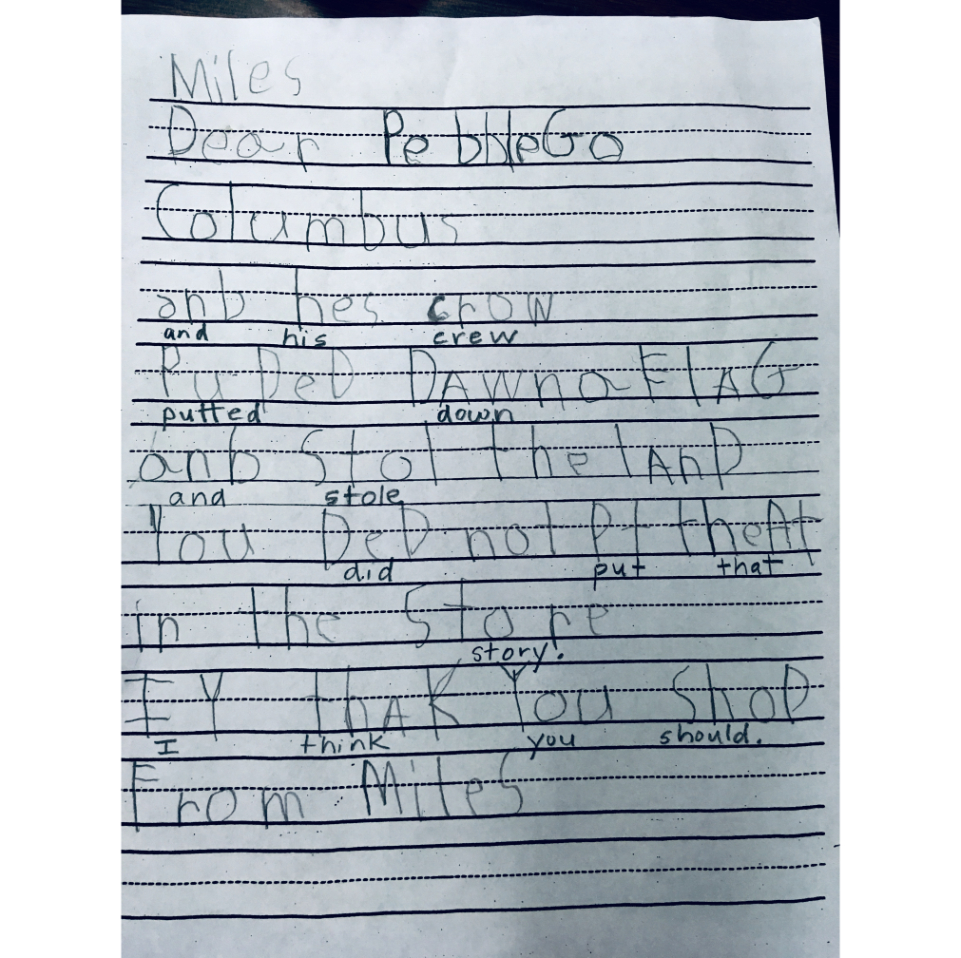
Students research, compile data, make comparisons, and write persuasive essays.